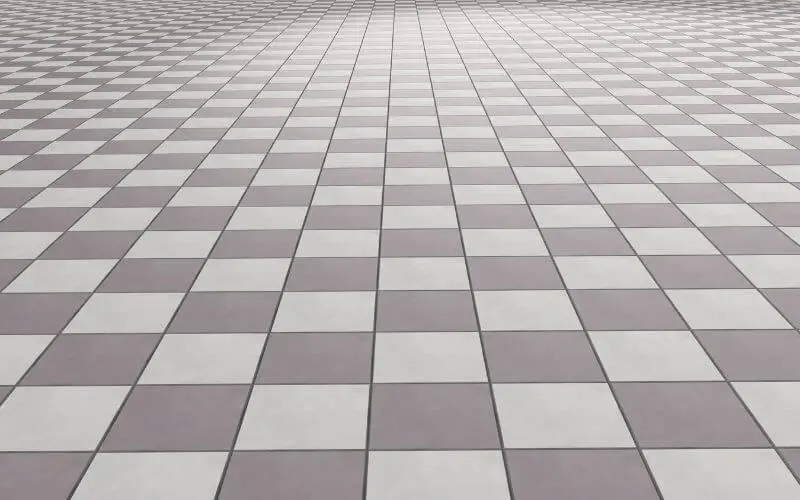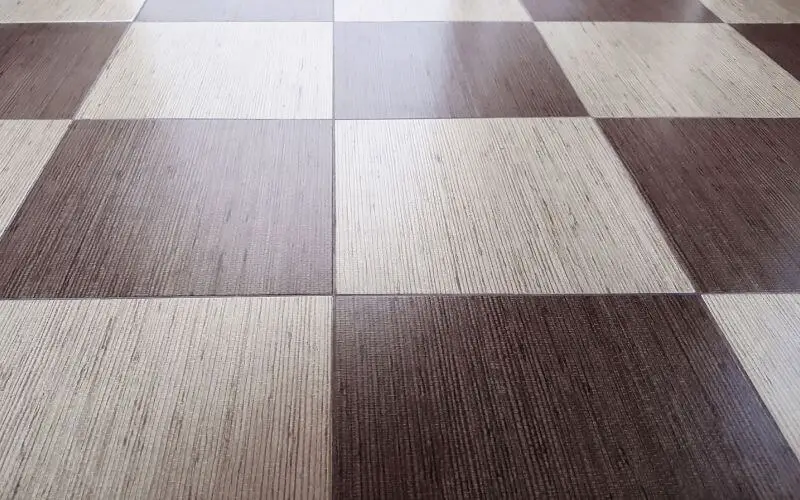Floor tiles are quite the beauty of your home and having your floor tile suffer a crack doesn’t make for one of the best impressions.
One of the major reasons floor tiles crack easily is due to movement in the subfloor. Inadequate preparation of the substrate before installation could cause your floor tile to crack; cracked adhesive bonds and cracks in grout lines are tell-tale signs that your floor wasn’t adequately prepared before tiling.
A great solution on how to stop floor tiles from cracking is buffing up the subfloor before tiling; this will evidently reduce the crack rate.
Aside from providing intermediary insulation to your tiles, there are other effective tips on how to stop your floor tiles from cracking. But first what may cause your tile to crack?
Related: How to mop tile floors without streaks
Why do Floor Tiles Crack?
Stopping your floor tiles from cracking requires you to consider a few things before installing that tile; this will help you better understand why tiles crack and how best you can stop floor tiles from cracking. Here are some reasons why floor tiles crack
Installing Tiles on Concrete
If there is one inevitable problem with floor tile, it is cracking that occurs due to being installed on a concrete floor. Concrete floors are very prone to cracking, and as such, a crack wider than 1/8 inch will transfer to your tiles. This is known to be reflective cracking.
Inadequate Preparation of the Subfloor
Wooden substrates are susceptible to expansion and movement as a result of moisture, humidity, temperature, etc.
As a result, not having precise subfloor preparation measures puts your tile at risk of cracking. Floor tiles are brittle, and as such, installing them improperly or directly to the substrate will only lead to cracks over time.
Uneven Application Of Mortar Could Lead To Tile Cracks
Floor tiles also tend to crack if they encounter compression. Applying mortar unevenly on the subfloor will lead to vacuums underneath, which will lead to cracks if pressure is applied on the upside.
Related: How to cut VCT tile
Not Leaving Enough Space on the Expansion Joints During Installation.
When applying tiles, a basic rule of thumb will be to leave a decent amount of space in the expansion joints to give your tiles extra room during movement.
These spaces are later grouted, but if the expansion joints are not spaced enough, they could crack during movement thereby leaving your exquisite piece with a bad impression.
Read: How long does it take grout to dry
Floor Tiles will Suffer Cracks if the Wooded Subfloor isn’t Properly Placed
This applies to using plywood sheets as a subfloor. These wood sheets tend to have a curve resulting from being run through a conveyor belt system during manufacture.
Placing the wooden sheets wrongly will lead to compression spaces which could crack your tile if pressure is applied to the compression point.
Read: How to fix loose tile floors
How To Stop Floor Tiles From Cracking
Screw Down Your Wooden Substrate Before Laying The Subfloor
Before laying down that subfloor, you need to screw down your wooden substrate to prevent it from jolting.
Depending entirely on the strength of the substrate isn’t enough. You want a substrate that isn’t overly prone to movements for your floor tile to have a firm foundation.
Clean Out Paint Spills, Dust, Oil, And Wax Off Your Subfloor.
When setting up the subfloor for tiling, you need to have it properly cleaned. Cleaning your subfloor doesn’t imply just moving a vacuum cleaner across your floors to get rid of particles, but using mineral spirit, also called mineral turpentine, to rid the subfloor of any wax, oil, grease, grit, dust, and paint spill leftovers.
These residues interfere with the mortar applied before tiling, thereby altering it and making it not harden properly. If the process it takes to cure isn’t complete, you may have cracks on your tiles as an after-effect.
Utilize A Crack Insolation Membrane
Floor movement and cracks can be quite challenging to avoid totally. In such cases, a crack isolation membrane is just the thing you need.
A crack isolation membrane is an intermediary substance placed before tile insulation to help absorb the pressure from floor movements and prevent reflective cracking from occurring on your floor tile.
A crack isolation membrane is effective because it absorbs the pressure and evenly spreads the absorbed pressure over a large surface, thereby bringing cracks due to movement and pressure to the barest minimum.
Related: How to repair cracked floor tile
Conclusion
The fragile nature of floor tiles makes them highly susceptible to cracks from a lot of factors. Floor tiles could suffer cracks if they’re not properly installed.
As such, adhering to precise substrate preparation and tile installation measures on how to stop your floor tiles from cracking will save you a lot of bucks on crack repairs as well as ensure your tile lives through its lifespan.

